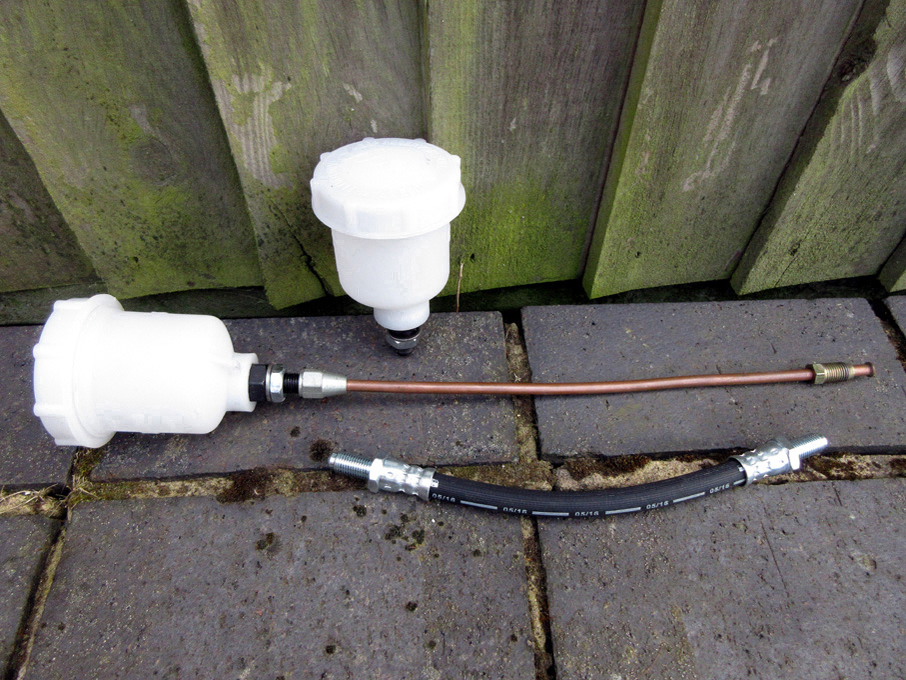
breathers offer 3 times the dirt-holding capacity of conventional desiccant breathers.Home Products Hydraulic Fluids Hydraulic Fluids Simplify maintenance, reduce expensive downtime T.R.A.P technology strips moisture vapor from intake air and expels the moisture back to the atmosphere. (Thermally Reactive Advanced Protection) breathers will protect against both airborne moisture and particulate contamination. Replacing conventional desiccant breathers with Donaldson’s T.R.A.P. These can be used with industrial and mobile equipment. Donaldson’s Filter Cart, Filter Panel and Filter Buddy offer convenient off-line filtration, flushing and fluid transfer. Off-line filtration can supplement your core system filtration. If the pressure gets too high, seals will start to give, and you could even see the cover blown off your motor! For example, a case drain filter protects against excess pressure building up in your case drain line. There are different types of hydraulic filters to suit different uses and hydraulic fluid types, and Donaldson produces options for low, medium and high-pressure applications. Donaldson has been producing high quality filtration products and solutions for more than 100 years – filtration technology is in our DNA. Spending your money on quality filters is always a wise investment. Using and maintaining a good quality hydraulic filter is one of the key ways to tackle the problem of contamination, keeping every component performing at its best, and ultimately extending the working life of your system as a whole.

Fortunately, you can minimize hydraulic fluid contamination by using quality filters, such as those produced by Donaldson, and by performing regular flushing. Unfortunately, some contamination is inevitable, whether it’s the built-in or generated contamination produced during system operation, or unwanted external contaminants entering the system. Check the manufacturer’s guidelines for what hydraulic fluid you’re using: the guidelines will recommend an optimal schedule for changing out the specific fluid you’re using. Chemical contamination is a primary reason to change your hydraulic fluid regularly. It can also happen if different hydraulic fluid types are mixed: incompatible additives may have unwanted chemical reactions.

This can mean costly repairs and replacements, impacting the return on your investment. And typically with equipment, higher pressures and tighter tolerances leave the system more susceptible to contamination and debris. 70-80% of hydraulic systems failures are attributable to contaminants in the fluid.


Hydraulic fluid contamination is arguably the Achilles’ heel of any hydraulic system.


 0 kommentar(er)
0 kommentar(er)
